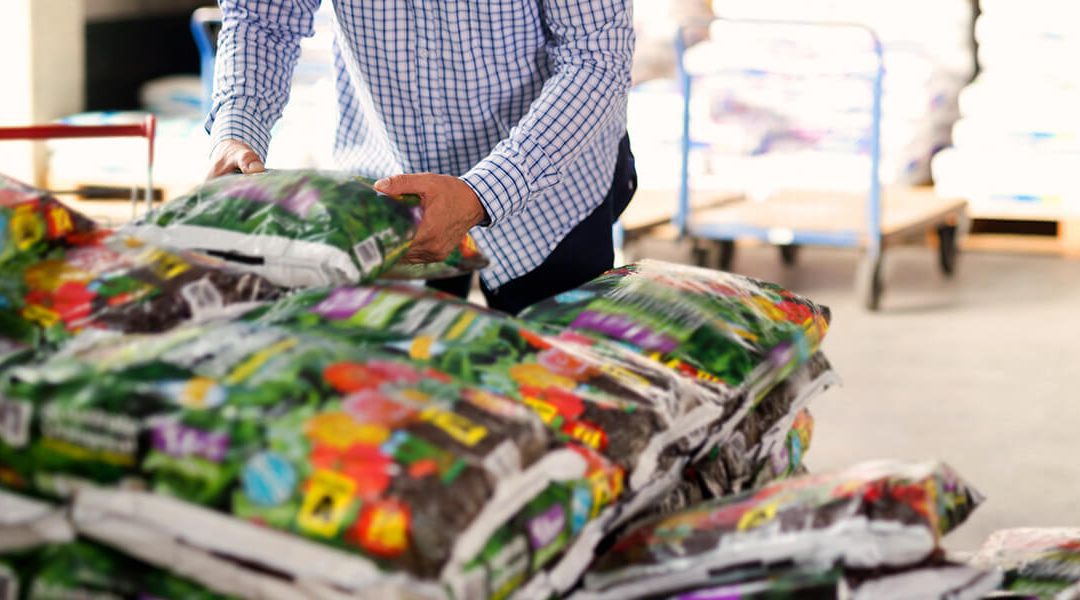The secret of a healthy garden is in the soil. We often don’t treat it any better than dirt. But soil is so much different than that. As a clump in our hand, it looks simple enough, but under a microscope, we see it’s a complex substance, alive, and teeming with organisms. Fortunately, any beginner gardener can build good soil. Here are tips for garden soil preparation:
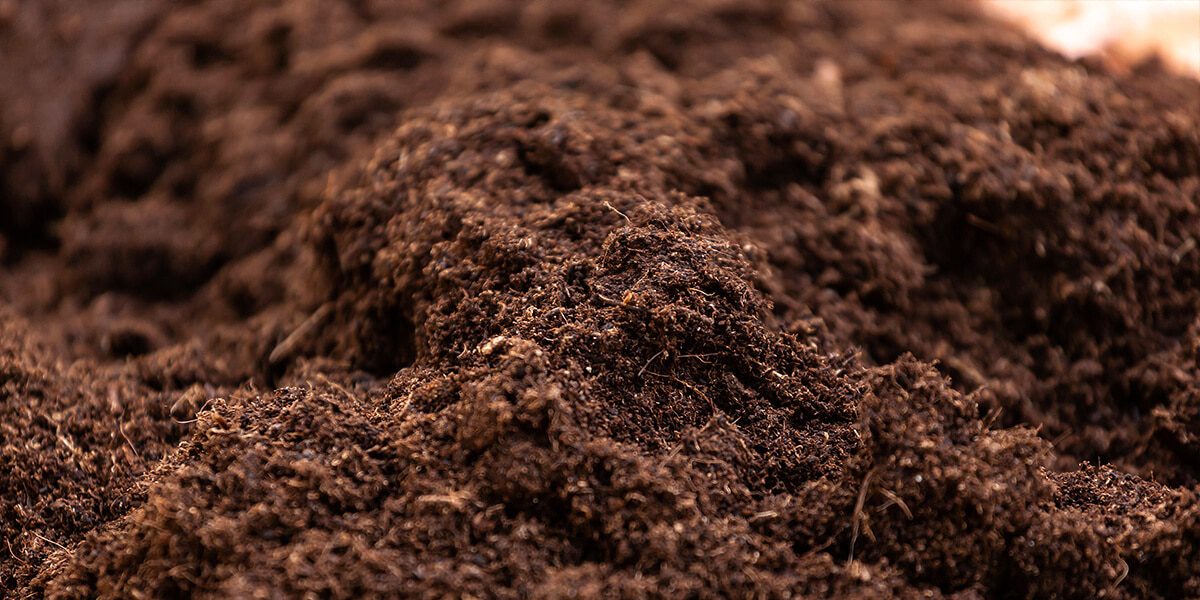
What is Soil?
About half of your soil is made of weathered rock and minerals that have broken down into particles over thousands of years. The other half is organic matter, made from decomposed leaves, plants, lichens, insects, moss, etc.
Mixed among them is a living layer of bacteria, fungi, microorganisms, insects, and earthworms. They break down the plant debris, fix nitrogen into the soil, aerate the soil, and perform a whole host of activities essential to the plants in your garden!
Garden Soil Preparation Tips
Without the living layer of organics and soil bugs, soil is essentially dead. Some people call dead soil dirt. It looks gray, cracked, and worn-out. Although it may have enough nutrients to support a few struggling plants, it’s missing the living layer of black soil that gives you a vibrant garden. Fortunately, there are ways to prepare healthy soil and bring dead dirt back to life:
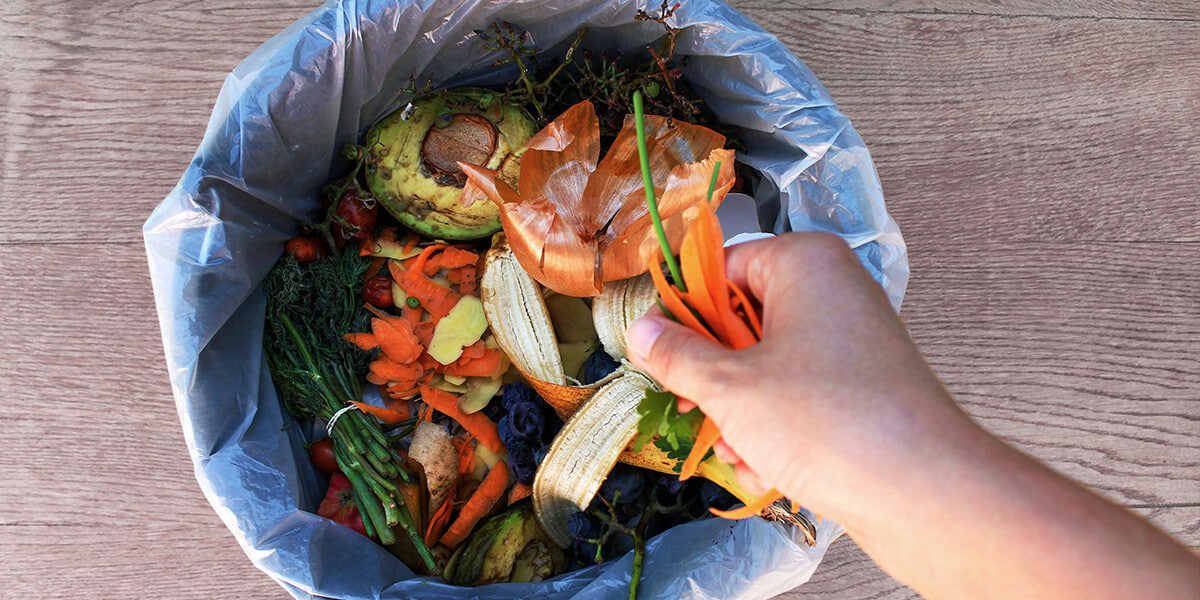
Tip 1: Add Organic Matter: your plants use up the organic matter in your soil over time. It’s important to return nutrients to the soil and feed the bugs by adding compost or aged manure. We recommend 1-3 inches once every year, preferably in the fall, or in spring before you plant.
Tip 2: Mulch the Soil: mulching over the top of the soil is a great way to hold in moisture, protect the microorganisms from the sun, feed the soil with nutrients, and save you time weeding. Vegetables prefer a leafy mulch such as grass clippings, straw, or leaves. Perennials, shrubs, or flowers enjoy bark mulch or wood chips (about 2-3 inches).
Tip 3: Reduce Soil Compaction: the tiny creatures in your soil naturally create a porous structure, which lets both water and air reach the roots of your plants. When you step on it, especially when it’s wet, you compress the spaces in your soil. So if you want to create healthy soil, stick to the paths, don’t work in the rain, and avoid any unnecessary soil disturbance.
When you take care of your soil, you take care of your whole garden. Preparing good soil is often as simple as adding organic matter, mulching it, and letting it live free of compaction and unnecessary disturbance.
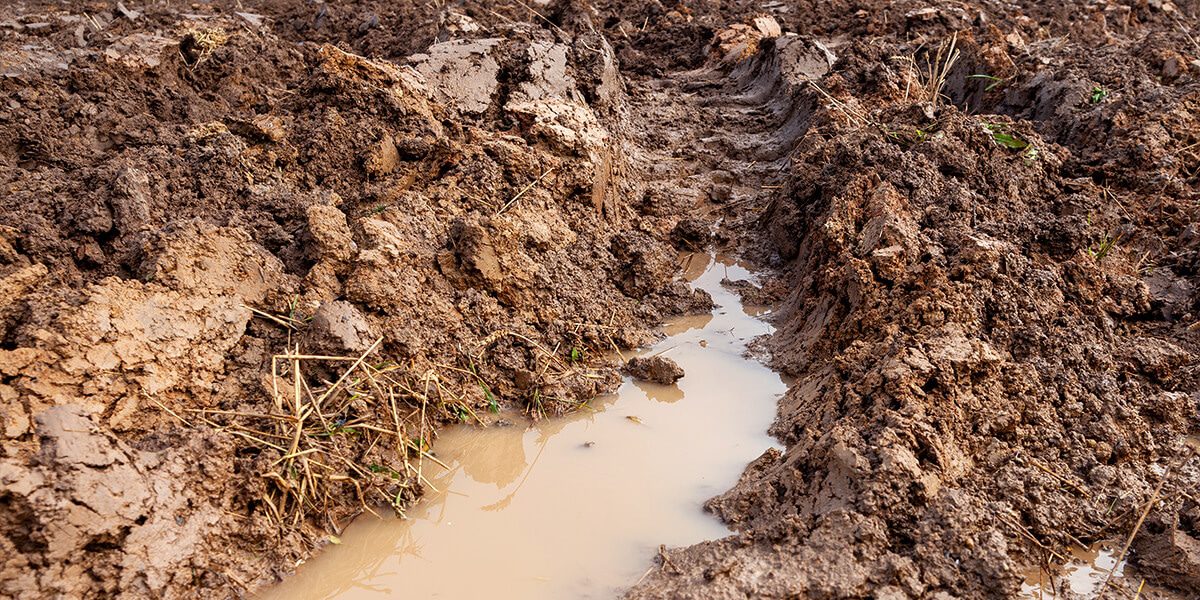
What Kind of Soil Do You Have?
If you’ve worked in your garden at all, you already have an idea of the kind of soil you have—sandy, silty, or high in clay. If you’re not sure, a good test is to grab a clump of soil and slightly wet it in your hand.
- Sandy soil feels gritty because it has large rock particulars.
- Silty soil has medium particles and feels smooth.
- Clay-based soil feels sticky when wet or rubbery when moist, and has fine particles.
The ideal soil type is called loam, which is a mixture of all three. Loam drains well, gives lots of air and moisture to roots, and is rich in organic matter. If you pick up some loam and squeeze it in your hand, it crumbles away without forming a hard ball.
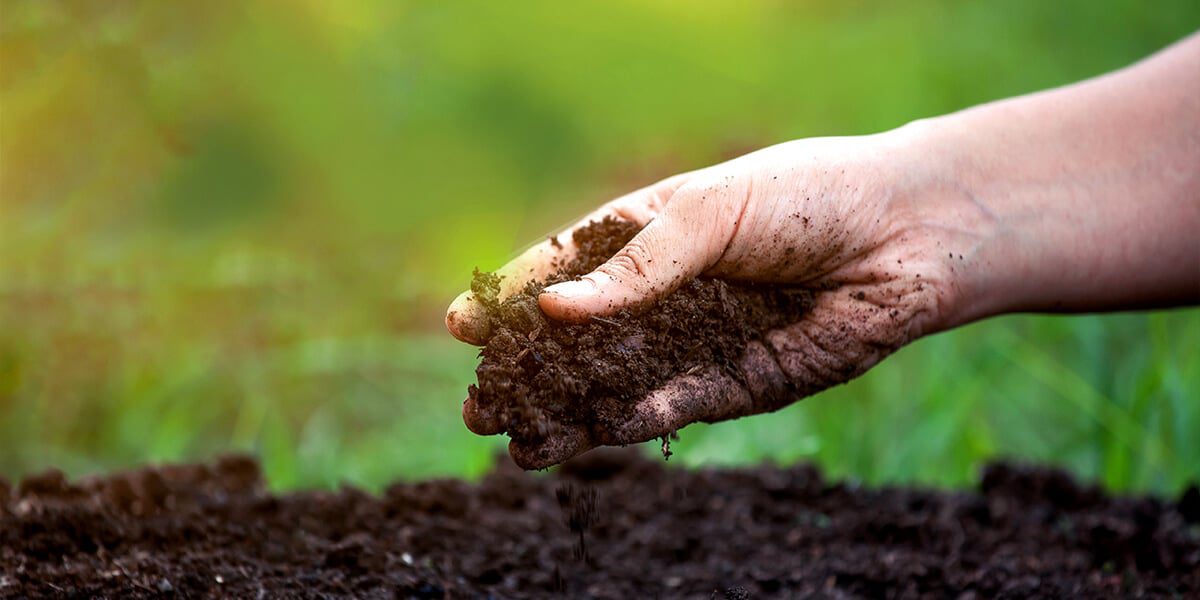
Tips to Improve Soil Structure
Based on what I’ve just said, you might think that you can improve high clay soil by adding sand, and vice versa. But mixing sand and clay together just turns your garden into concrete. The best fix is to follow the three preparation tips above. Adding a healthy layer of compost (2-4 inches), in particular, is key to correcting the problem. Mulching and avoiding compaction, especially of clay soil, also builds good soil structure over time.
The Basics of Soil pH
Even many advanced gardeners don’t test the pH test of their soil. It’s often not necessary to know, unless you’re growing a plant that needs acidic soil, like a blueberry, or if your plants are struggling for unusual reasons.
A pH and general soil test let you know the nutrients and mineral content of your soil. The ideal pH for most garden vegetables is between 6-7. At that level, the microbial activity of the soil bugs is at its best. If you suspect you have an issue with pH, you can purchase a soil testing kit or find a soil testing lab in your area.
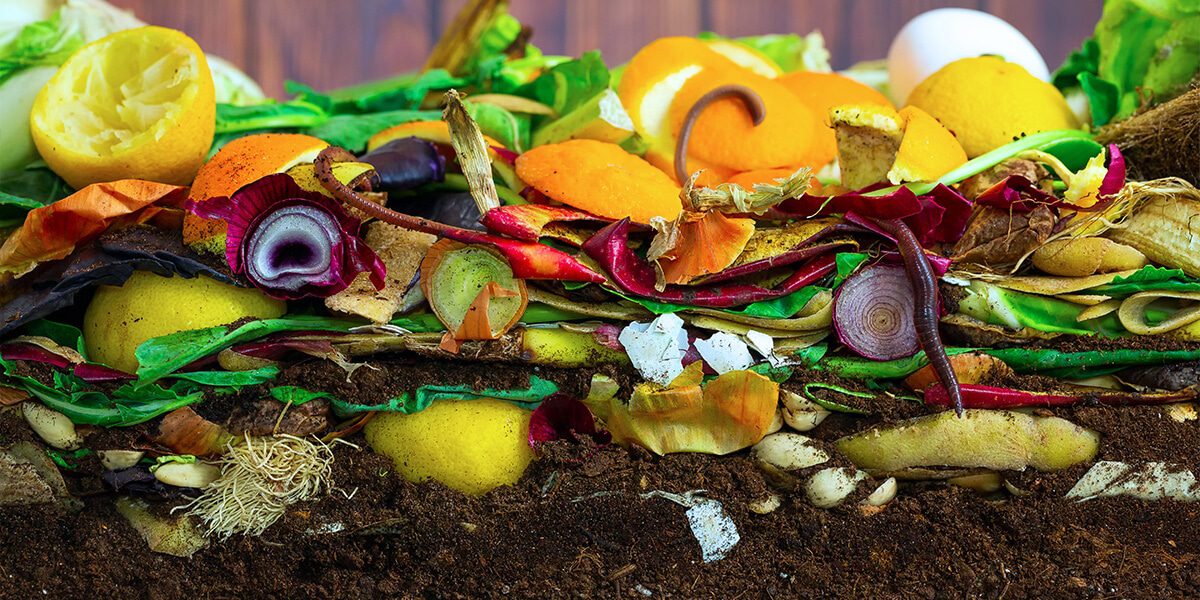
A Final Soil Tip: Start a Compost
In a natural forest, leaves and dead plants fall to the forest floor, where other organisms break them down into soil. In our gardens, we clean up that debris, robbing our soil of its natural nourishment. But if we take a tip from nature, we can compost it ourselves and return it to our garden. Keeping our own compost pile is one of the best ways to prepare a ready supply of nutrients, and to make use of fresh inputs from kitchen scraps.
When you take care of your soil, you take care of your whole garden. Preparing good soil is often as simple as adding organic matter, mulching it, and letting it live free of compaction and unnecessary disturbance. If you follow these tips, you’ll keep your soil microbes and earthworms happy, and overtime, they’ll create a rich garden for all of your plants to enjoy!
If you need more tips for garden soil preparation, don’t hesitate to drop by our garden centers in Bloomingdale and Carpentersville!
Platt Hill Nursery is Chicago’s premier garden center and nursery.
ADDITIONAL INFORMATION:
How to Plan Your Gardening Season
Best Uses For Garden Soil vs Topsoil
Advantages of a Backyard Greenhouse

